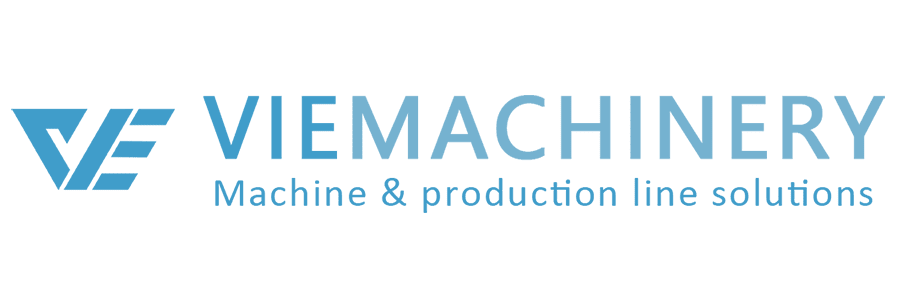In today’s fast-paced world, printing technology has evolved rapidly to meet the diverse needs of various industries. Among the most significant advancements are offset and label printing machines, which have transformed the way businesses produce high-quality prints. This article explores the applications, technologies, and leading manufacturers in the offset and label printing machine market.
Understanding Offset Printing Machines
Offset printing, also known as offset lithography, is a popular printing technique used for producing high-volume print materials. It works by transferring an inked image from a plate to a rubber blanket and then onto the printing surface. This method is widely used because it produces consistent, high-quality prints at a relatively low cost per unit.
Applications of Offset Printing
Offset printing machines are versatile and can be used for various applications, including:
- Commercial printing (brochures, catalogs, business cards)
- Publishing (magazines, books, newspapers)
- Packaging (boxes, labels, cartons)
Exploring Label Printing Machines
Label printing machines are specialized for producing labels, stickers, sleeves, and films. These machines cater to various industries, including automotive, food and beverage, and pharmaceuticals. Manufacturers like VIE Machinery offer a range of label printing solutions to meet diverse requirements.
Types of Label Printing Technologies
There are several types of label printing technologies available, each with its unique benefits:
- Flexographic Printing: Ideal for high-speed printing on various materials, including plastics and metallic films.
- Offset Printing: Provides high-quality, durable prints, perfect for labels that need to withstand harsh conditions.
- Rotary Screen Printing: Used for printing on uneven surfaces and achieving a high ink deposit.
KETE’s flexographic, offset, and rotary screen printing machines are excellent examples of the diverse technologies available in the market.
Comparing Offset and Label Printing Technologies
When selecting a printing technology, it’s essential to understand the differences and advantages of each type:
- Cost Efficiency: Offset printing is cost-effective for large print runs, while digital label printing is more economical for short runs.
- Print Quality: Offset printing offers superior print quality with sharp and vibrant colors. Flexographic printing provides excellent results for continuous patterns and large areas of solid color.
- Durability: Labels printed with offset technology are highly durable and can withstand harsh environments, making them suitable for automotive parts and other industrial applications.
Case Studies
Automotive Industry
In the automotive industry, durability is crucial. Offset label printing machines are used to produce labels that can endure extreme temperatures, chemicals, and physical wear. For instance, labels for automotive parts require robust printing solutions to ensure longevity and legibility.
Food and Beverage Industry
In the food and beverage sector, label printing machines must produce high-quality prints that comply with regulatory standards. Flexographic printing is often preferred for its ability to print on various substrates, ensuring the labels remain intact and readable under different storage conditions.
FAQ
What is the main advantage of offset printing?
The primary advantage of offset printing is its ability to produce consistent, high-quality prints at a low cost per unit, especially for large print runs.
What industries benefit most from label printing machines?
Industries such as automotive, food and beverage, pharmaceuticals, and consumer goods benefit significantly from label printing machines due to their need for high-quality, durable labels.
How do flexographic and offset printing compare?
Flexographic printing is ideal for high-speed production on various materials, while offset printing offers superior print quality and durability, making it suitable for applications requiring high-resolution and robust prints.
Can label printing machines print on different materials?
Yes, label printing machines can print on various materials, including paper, plastic, metallic films, and more, depending on the technology used (e.g., flexographic, offset, or rotary screen printing).
What factors should be considered when choosing a printing machine?
Consider factors such as the type of material to be printed on, print volume, print quality requirements, and cost efficiency when selecting a printing machine.
In conclusion, offset and label printing machines are essential tools for various industries, offering diverse technologies to meet specific printing needs. By understanding the applications and advantages of each technology, businesses can make informed decisions to enhance their print production processes. Whether you are in commercial printing, packaging, or any other sector, there is a printing solution tailored to your requirements.

